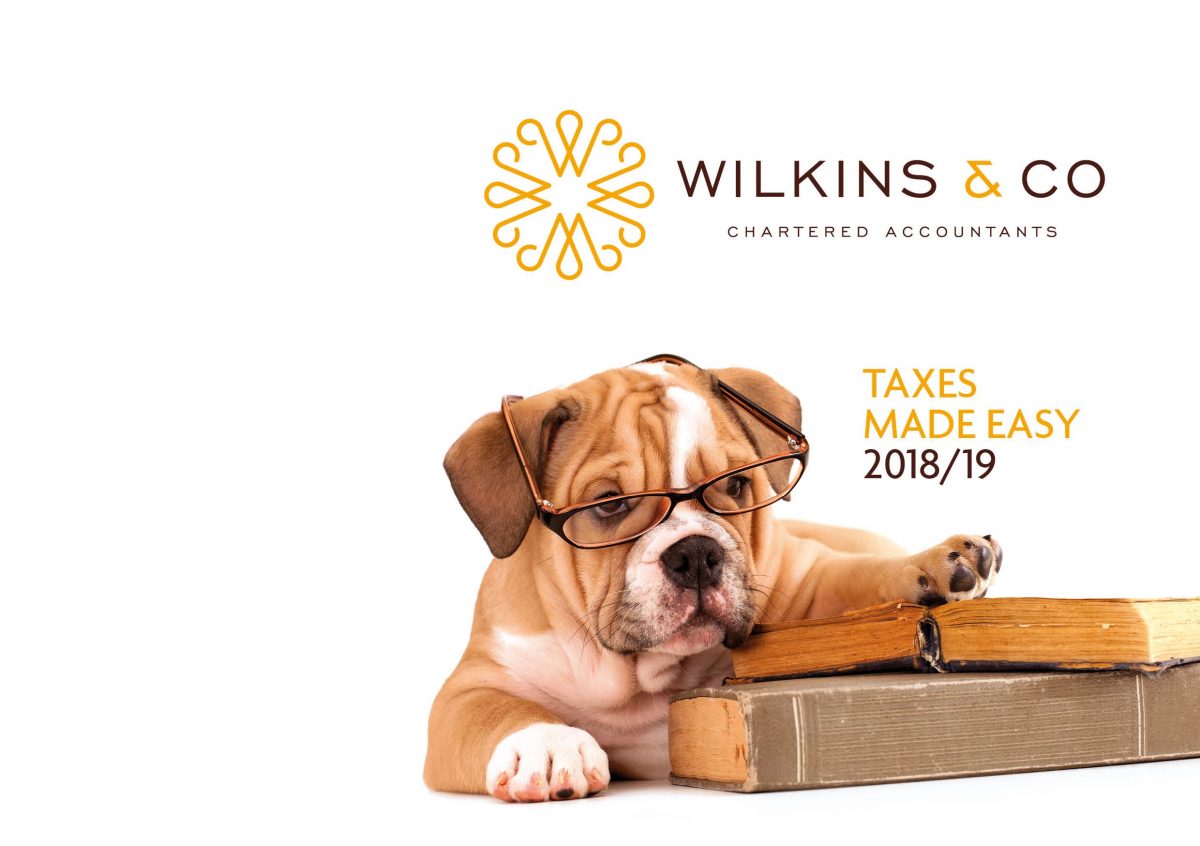This blog looks at items that are often overlooked or missed by individuals and employees when completing their tax returns. All are allowances that you may be perfectly entitled to, so if you are not claiming them, you are missing out and paying more tax than is necessary.
Marriage Allowance
Many people entitled to this are still not claiming it – and it is worth £252 this tax year. The allowance is available if you are married, one partner does not pay tax (as their income is under the personal allowance threshold of £12,570) and the other pays basic rate tax. The non-taxpayer can transfer £1260 of their personal allowance to their partner, resulting in a £252 saving. You can backdate a claim to April 17 for any year you were eligible, giving overall savings of over £900.
Claiming for Using your own car for work
Most self employed are aware that you can claim 45p per mile for business travel, but often overlooked is the situation for the employed. If your employer reimburses you for business travel at a rate less than 45p then you can claim tax relief on the difference via your tax return or online. Although business travel has probably been minimal this year, you should still claim the tax relief on mileage if you can.
https://www.gov.uk/tax-relief-for-employees
Subscriptions
Professional subscriptions related to your business are deductible. This applies not only to sole traders, but also to directors and other employees who pay their own subscriptions personally, and a claim can made via your tax return, or online as above.
Tax Relief on Pension Contributions
Contributions to personal pension schemes are paid net of basic rate tax. Higher and additional rate taxpayers can claim further tax relief on their contributions, again this should be done via your personal tax return.
Gift Aid Payments
Donations to charity through Gift Aid are also paid net of basic rate tax, and the charity reclaims the tax that you have already paid.
Again, if you pay tax at higher or additional rates, you are entitled to further tax relief on your donations and this can be claimed via your tax return. It is useful just to keep a list during the year of donations you have made that are under Gift Aid, so you have the information when you do your tax return, or to pass to your accountant.
Missing Receipts/Items paid personally
Failing to keep a list of items you have paid for personally for your business, or not having receipts means you are not claiming for all your costs of running your business, and will end up paying more tax. The odd missing receipt is not going to be the end of the world, but not having any back up for your costs is going to cause a problem.
New Trading and Property Income allowances
Individuals with trading or property income below £1,000 no long need to declare or pay tax on that income. This is meant to cover ebay sellers, hobby businesses etc.
Those with income above the allowance either calculate profits in the normal way, or simply deduct the relevant allowance from the income (not from the profit – you can’t have both!)
And don’t forget to declare SEISS income….
Not an allowance – but just worth the reminder that SEISS income is taxable – and needs to be declared on your tax return separately from your normal trading income. If it’s not put in the right place on your tax return, and HMRC know you have received it, they will add it onto your income for the year, so you will end up paying more tax than you should.
These are just some of the commonly missed items. Getting prepared and keeping information as you get it will help make sure you don’t miss out. An accountant should pick up on these areas if they are completing your return for you, and you should always seek professional advice if you are in any doubt as to what you can claim. For more information contact Rosie Forsyth at Wilkins & Co.











